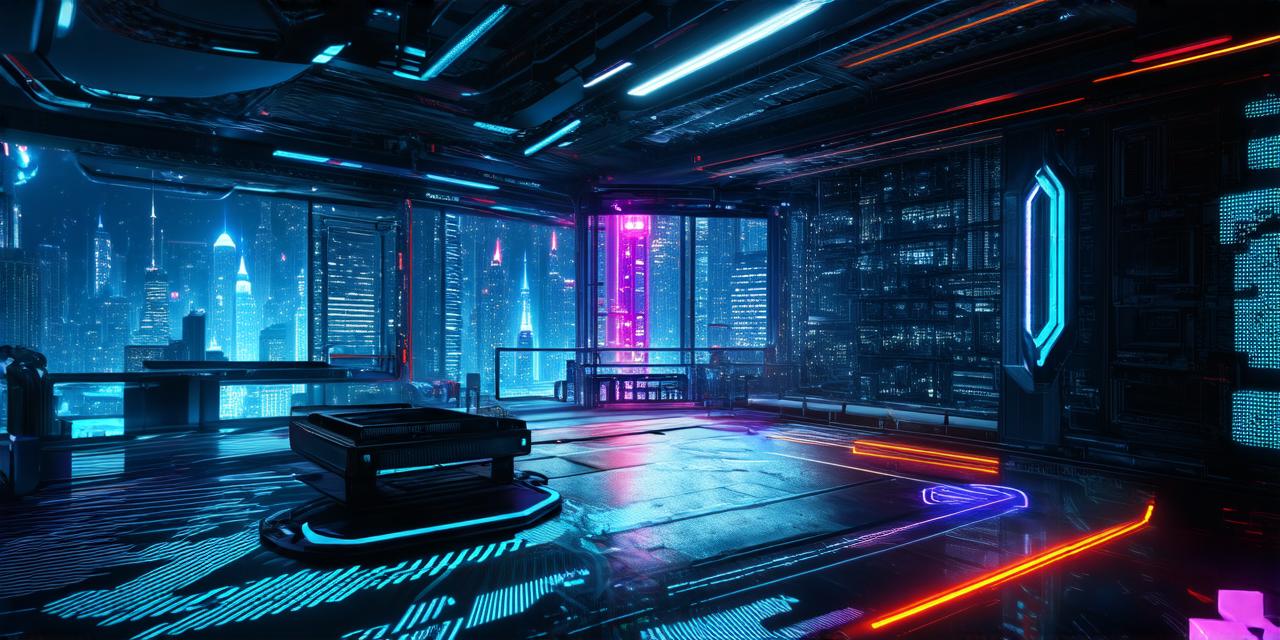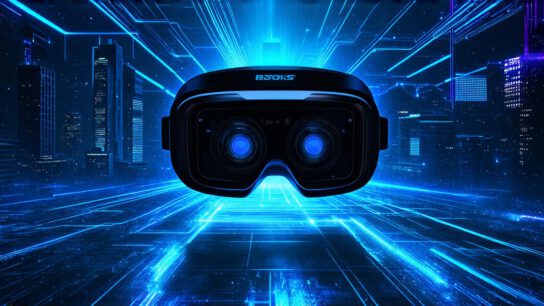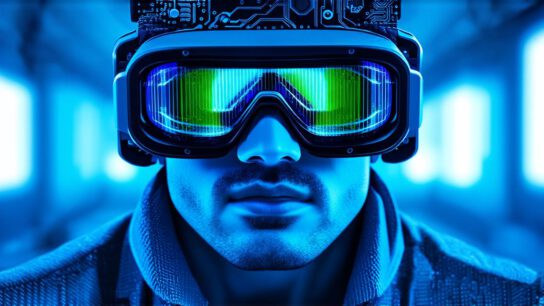Introduction
Virtual reality (VR) technology has revolutionized the gaming industry in recent years. As VR developers, it’s essential to stay up-to-date with the latest trends and advancements in this exciting field. In this article, we will explore the world of virtual reality games, covering everything from the basics of VR development to the most innovative and engaging games currently available.
The Basics of Virtual Reality Development
Before diving into the world of VR games, let’s first understand the basics of virtual reality development. The first step in creating a VR game is designing a 3D environment that players can explore. This involves using specialized software to create 3D models and textures, as well as programming the environment to respond to user input.
One of the key components of VR development is motion tracking. Motion tracking technology allows the player’s movements to be tracked in real-time, allowing them to interact with the game world in a more immersive way. There are several different types of motion tracking systems available, including optical, ultrasonic, and magnetic.
Another important aspect of VR development is audio. Audio plays a crucial role in creating an immersive experience for the player. This includes sound effects, music, and ambient noise, which all contribute to the overall atmosphere of the game world.
Innovative Virtual Reality Games
Now that we have a basic understanding of VR development let’s take a look at some of the most innovative and engaging virtual reality games currently available.
- Beat Saber – A rhythm game where players use virtual light sabers to slash through incoming blocks in time with music. The game has gained a massive following due to its unique gameplay mechanics and addictive soundtrack.
- Half-Life: Alyx – A VR adaptation of the popular first-person shooter series, Half-Life. The game has received critical acclaim for its immersive storytelling and intuitive controls.
- Tilt Brush – An interactive painting game that allows players to create 3D artwork in a virtual environment. The game has become popular among artists and creators who want to experiment with new mediums.
- Job Simulator – A VR simulation game where players take on various jobs, such as a chef or a mechanic. The game has been well-received for its realistic graphics and engaging gameplay mechanics.
- Rec Room – A social VR game that allows players to create their own virtual environments and participate in various games with friends. The game has become popular among families and groups of friends who want to hang out together in a virtual world.
The Future of Virtual Reality Gaming
As VR technology continues to evolve, we can expect to see even more innovative and engaging virtual reality games in the future. One area that is likely to see significant growth is the use of artificial intelligence (AI) in game development. AI can be used to create dynamic and responsive environments that react to player actions in real-time, creating a more immersive experience for the player.
Another area that is likely to see growth is the use of virtual reality in education and training. VR technology can be used to create realistic simulations that allow students and professionals to practice their skills in a safe and controlled environment. This has already been applied in fields such as medicine, aviation, and military training.
Summary
In conclusion, virtual reality games offer an exciting new frontier for game developers. With the right tools and techniques, developers can create immersive and engaging experiences that transport players to new and unimaginable worlds. As VR technology continues to evolve, we can expect to see even more innovative and exciting virtual reality games in the future.



